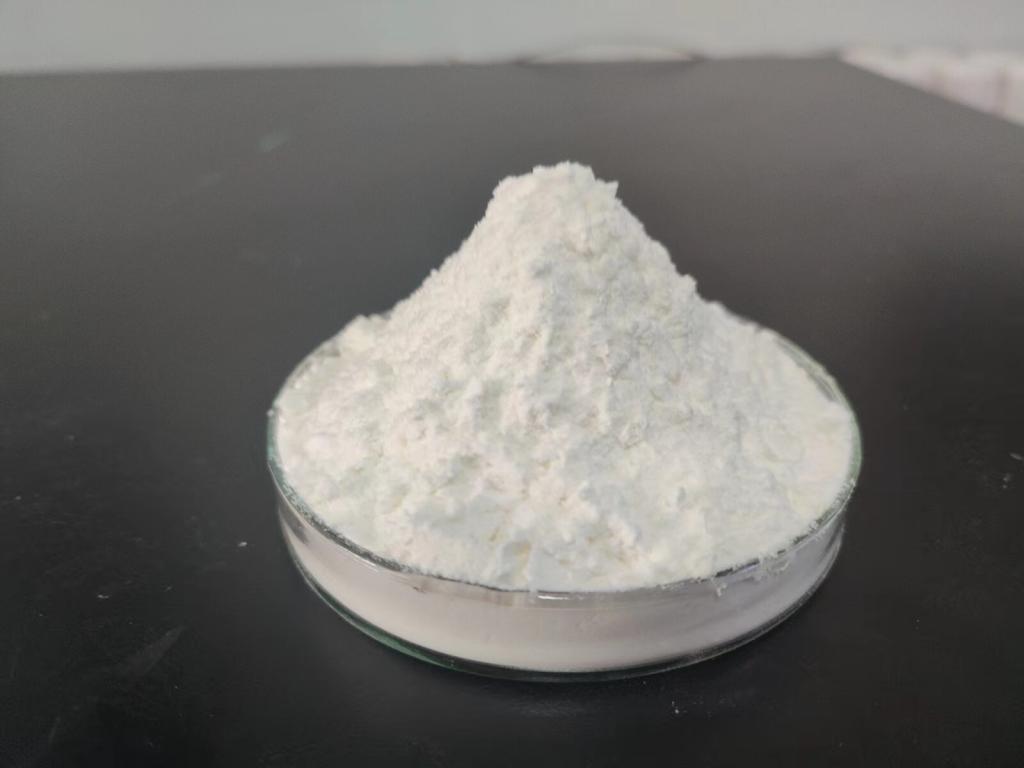Tel:+8618231198596

News
 CONTACT
CONTACT
 CONTACT
CONTACT
- Linkman:Linda Yao
- Tel: +8618231198596
- Email:linda.yao@dcpharma.cn
- Linkman:CHARLES.WANG
- Department:Overseas
- Tel: 0086 0311-85537378 0086 0311-85539701
News
ε-Polylysine Hydrochloride: A Natural Solution for Minimizing Chemical Residues in Agriculture.
TIME:2023-10-13
I. The Challenge of Chemical Residues in Agriculture
A. Chemical Pesticides
Chemical pesticides are commonly used in agriculture to protect crops from pests, diseases, and weeds. While they can increase crop yields and food production, the overuse and improper application of pesticides can result in chemical residues in crops.
B. Health and Environmental Concerns
Chemical residues in agricultural products are a significant concern due to potential health risks for consumers. Pesticides and herbicides can also negatively impact ecosystems, leading to water and soil pollution.
C. Quality and Marketability
Residues can affect the quality and marketability of agricultural products. Consumers and markets increasingly demand pesticide-free or organic produce, putting pressure on farmers to reduce chemical pesticide use.
II. ε-Polylysine Hydrochloride: A Natural Antimicrobial Agent
A. Understanding ε-Polylysine
ε-Polylysine is a natural antimicrobial peptide produced by certain strains of bacteria, including Streptomyces albulus. It is approved for use as a food preservative in several countries and is generally recognized as safe (GRAS).
B. Mode of Action
ε-Polylysine's antimicrobial action is based on its ability to disrupt cell membranes of bacteria and other microorganisms. This mode of action makes it effective against a broad spectrum of microorganisms, including pathogens.
III. Applications of ε-Polylysine Hydrochloride in Agriculture
A. Reducing Chemical Pesticide Use
One of the primary applications of ε-polylysine hydrochloride in agriculture is its potential to reduce the need for chemical pesticides. By effectively controlling pests and diseases, it can replace or complement synthetic chemicals.
B. Enhancing Crop Safety
ε-Polylysine hydrochloride helps protect crops from microbial pathogens, reducing the risk of crop diseases and improving overall crop safety.
C. Supporting Sustainable Agriculture
The reduced reliance on chemical pesticides and the adoption of natural solutions like ε-polylysine hydrochloride align with the principles of sustainable agriculture, promoting long-term environmental and economic viability.
IV. Benefits of Using ε-Polylysine Hydrochloride in Agriculture
A. Reduced Chemical Residues
The use of ε-polylysine hydrochloride leads to a reduction in chemical residues in agricultural products, contributing to food safety and quality.
B. Enhanced Environmental Sustainability
By minimizing chemical pesticide use, ε-polylysine hydrochloride supports environmentally sustainable farming practices, reducing the impact of agricultural chemicals on ecosystems.
C. Improved Crop Safety
ε-Polylysine hydrochloride enhances crop safety by effectively controlling pests and diseases, leading to healthier and more robust crops.
D. Market Access
Agricultural products with minimal chemical residues are more likely to gain access to markets with stringent quality and safety standards.
V. Challenges and Considerations
A. Regulatory Compliance
The use of ε-polylysine hydrochloride in agriculture must comply with local and international regulatory guidelines. Collaboration with regulatory authorities is essential.
B. Optimal Formulation
The formulation and dosage of ε-polylysine hydrochloride in agricultural applications should be carefully considered to ensure effective pest and disease control.
C. Education and Adoption
Farmers and agricultural stakeholders need education and support to understand the benefits and best practices associated with ε-polylysine hydrochloride.
VI. Case Studies and Success Stories
A. Reduced Pesticide Use in Fruit Orchards
In fruit orchards, ε-polylysine hydrochloride has been successfully used to reduce chemical pesticide applications. The result is improved crop safety and reduced chemical residues in fruit.
B. Disease Control in Organic Farming
Organic farming, which avoids synthetic pesticides, has benefited from the use of ε-polylysine hydrochloride to control diseases while maintaining organic certification.
VII. Future Directions and Research
Further research is needed to optimize the use of ε-polylysine hydrochloride in various crops, assess its economic feasibility, and investigate its environmental impact. Collaboration between researchers, farmers, and regulatory bodies is crucial to ensure the safe and effective use of ε-polylysine hydrochloride in agriculture.
VIII. Conclusion
The challenge of chemical residues in agriculture is a pressing concern that impacts food safety, environmental sustainability, and economic viability. ε-Polylysine hydrochloride offers a promising solution to address these challenges. Its ability to reduce chemical pesticide use, enhance crop safety, and support sustainable farming practices aligns with the increasing demand for safe, high-quality agricultural products. As research and applications continue to expand, ε-polylysine hydrochloride's role in agriculture will play a pivotal part in ensuring a healthier and more sustainable food system for the future.
- Tel:+8618231198596
- Whatsapp:18231198596
- Chat With Skype







